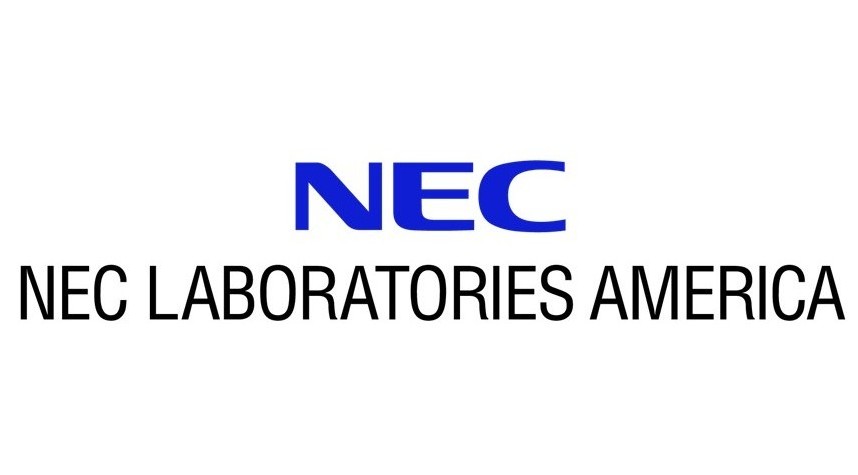Domain-Guided Weight Modulation for Semi-Supervised Domain Generalization
Unarguably deep learning models capable of generalizing to unseen domain data while leveraging a few labels are of great practical significance due to low developmental costs. In search of this endeavor we study the challenging problem of semi-supervised domain generalization (SSDG) where the goal is to learn a domain-generalizable model while using only a small fraction of labeled data and a relatively large fraction of unlabeled data. Domain generalization (DG) methods show subpar performance under the SSDG setting whereas semi-supervised learning (SSL) methods demonstrate relatively better performance however they are considerably poor compared to the fully-supervised DG methods. Towards handling this new but challenging problem of SSDG we propose a novel method that can facilitate the generation of accurate pseudo-labels under various domain shifts. This is accomplished by retaining the domain-level specialism in the classifier during training corresponding to each source domain. Specifically we first create domain-level information vectors on the fly which are then utilized to learn a domain-aware mask for modulating the classifier’s weights. We provide a mathematical interpretation for the effect of this modulation procedure on both pseudo-labeling and model training. Our method is plug-and-play and can be readily applied to different SSL baselines for SSDG. Extensive experiments on six challenging datasets in two different SSDG settings show that our method provides visible gains over the various strong SSL-based SSDG baselines. Our code is available at github.com/DGWM.

